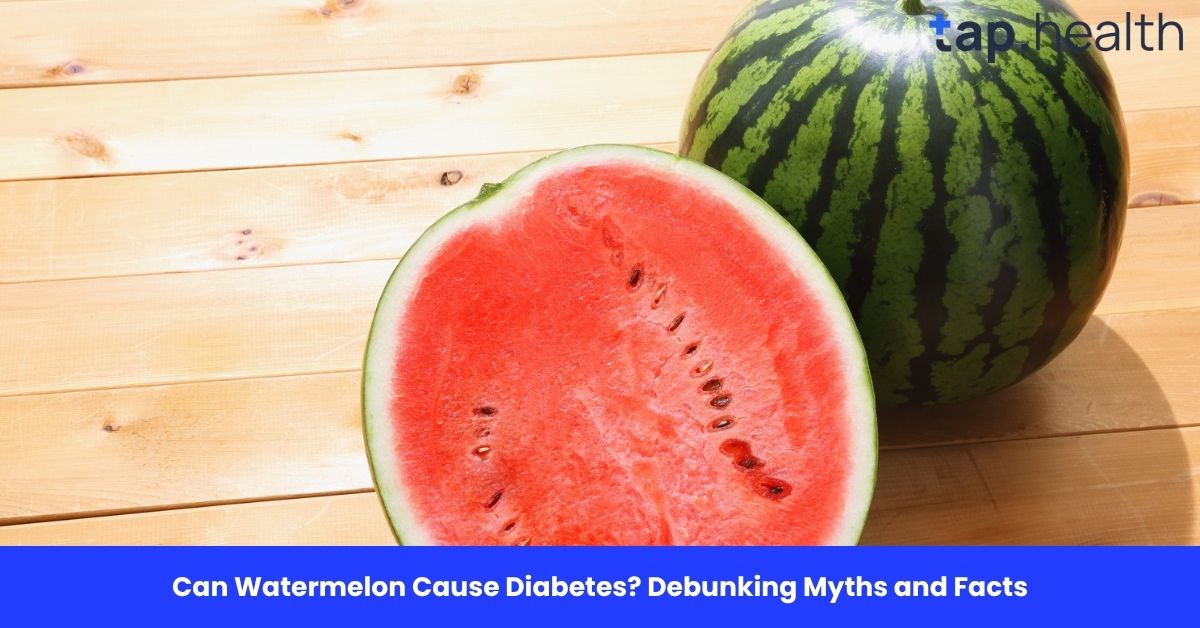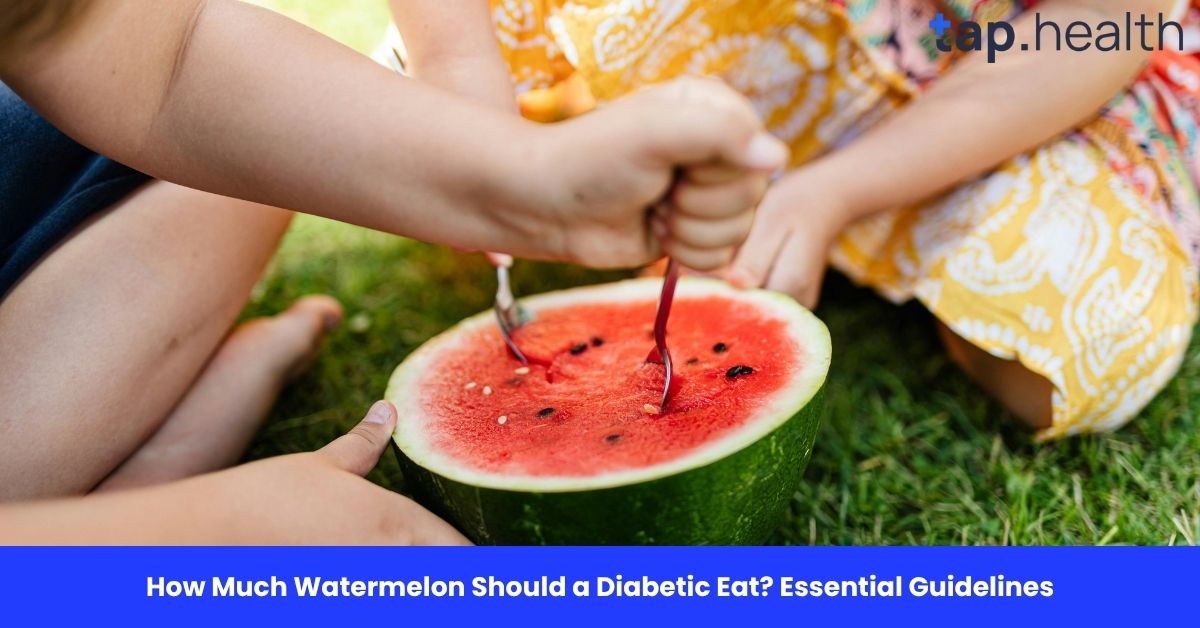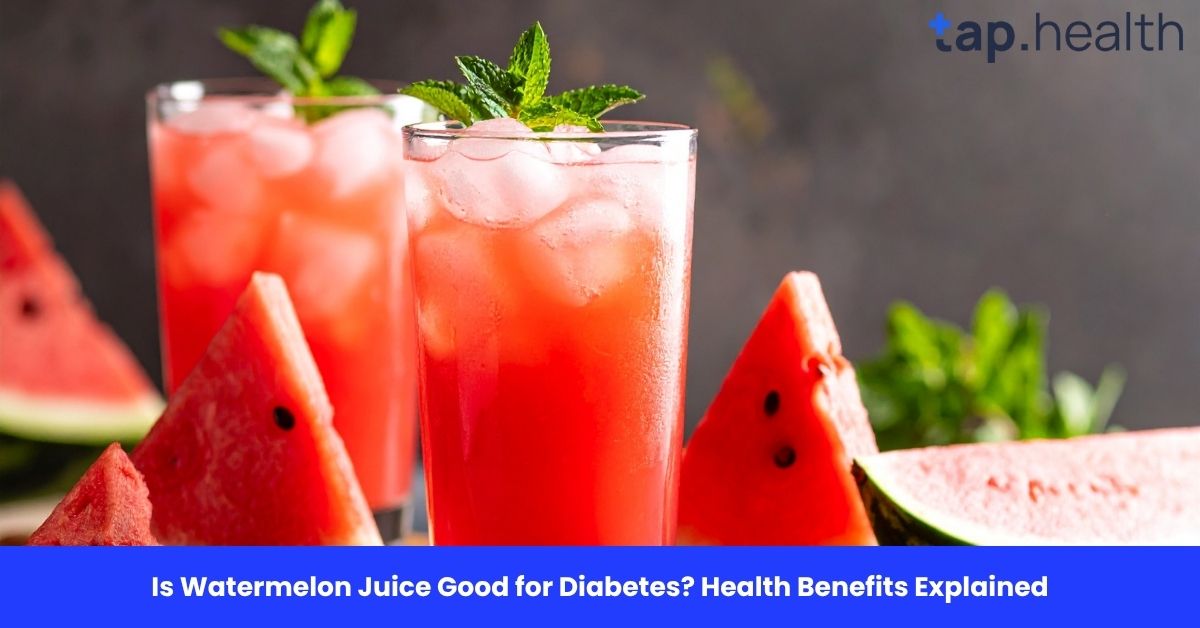Energy is a fundamental concept in science, and it can be measured in different units. Two commonly used units of energy are calories and joules. Whether you’re tracking your daily caloric intake or studying physics, understanding how these units relate to each other is essential. If you’ve ever wondered, how many calories are in joules? this article will explain it in a simple, easy-to-understand way.
In this guide, we’ll explore the relationship between calories and joules, how to convert between these units, and where you might encounter these units in real life. Let’s dive into the world of energy measurement!
What Are Joules and Calories?
Before we can discuss how many calories are in joules, it’s important to understand what joules and calories are.
1. What is a Joule?
A joule (J) is a unit of energy in the International System of Units (SI). It measures energy, work, or heat. One joule is defined as the amount of energy transferred when a force of one newton is applied over a distance of one meter. Joules are used worldwide to measure all types of energy, from electricity to heat to mechanical work.
For example:
- If you lift a small apple (about 100 grams) by one meter, you’re using about 1 joule of energy.
2. What is a Calorie?
A calorie (cal) is a unit of energy that is commonly used in nutrition to measure the energy content of food and drinks. It is the amount of energy required to raise the temperature of one gram of water by one degree Celsius.
- 1 small calorie (cal) = The energy required to raise the temperature of 1 gram of water by 1°C.
- 1 large calorie (kcal) = The energy required to raise the temperature of 1 kilogram of water by 1°C. This is the calorie we often refer to in terms of food energy.
In food and nutrition, we typically talk about kilocalories (kcal), which are equivalent to 1,000 small calories.
How Many Calories Are in One Joule?
To convert between joules and calories, we need to use a conversion factor. The relationship between joules and calories is as follows:
- 1 calorie (cal) = 4.184 joules (J)
- 1 joule (J) = 0.239 calories (cal)
This means that 1 joule is equivalent to 0.239 calories, and 1 calorie is equivalent to 4.184 joules.
Conversion Formula
To convert from joules to calories, you can use this formula:Calories=Joules×0.239\text{Calories} = \text{Joules} \times 0.239Calories=Joules×0.239
And to convert from calories to joules, the formula is:Joules=Calories×4.184\text{Joules} = \text{Calories} \times 4.184Joules=Calories×4.184
Let’s now calculate some common conversions:
- 100 joules is equal to: 100 J×0.239=23.9 cal100 \, \text{J} \times 0.239 = 23.9 \, \text{cal}100J×0.239=23.9cal
- 50 calories is equal to: 50 cal×4.184=209.2 J50 \, \text{cal} \times 4.184 = 209.2 \, \text{J}50cal×4.184=209.2J
Where Are Joules and Calories Used?
Both joules and calories are used to measure energy, but they are applied in different contexts.
1. Joules in Science and Physics
Joules are the standard unit of energy in the International System of Units (SI), and they are commonly used in:
- Physics: To measure work, energy, and heat.
- Electrical Energy: To measure electricity usage and power consumption.
- Mechanical Energy: In the context of forces, work, and motion.
2. Calories in Nutrition
Calories are most commonly used in nutrition to measure the energy content of food and drinks. When you read a food label, the amount of calories listed indicates how much energy your body can obtain from consuming that food. Calories are also used to measure energy expenditure during physical activity, such as exercise.
Why Do We Convert Joules to Calories?
Converting joules to calories is important for a variety of reasons:
- Comparing Energy: If you’re working in a scientific field or studying physics, you’ll use joules as the standard unit. However, when it comes to nutrition and daily calorie consumption, calories are the more familiar unit.
- Understanding Food Labels: In many countries, food energy is measured in kilocalories (kcal), but if you’re comparing energy content across different countries or scientific studies, you might need to convert between calories and joules.
- International Consistency: The use of joules as the standard unit of energy in science helps maintain consistency globally, especially in scientific research and energy industries.
How to Convert Calories to Joules in Real Life
Here are some real-life examples of how you might encounter both calories and joules:
1. Energy in Food
When you look at a food label, the number of calories listed represents the energy you will get from eating that food. To convert it to joules (especially in scientific studies), you would multiply the number of calories by 4.184. For example, if a granola bar has 200 calories:200 cal×4.184=836.8 J200 \, \text{cal} \times 4.184 = 836.8 \, \text{J}200cal×4.184=836.8J
So, this granola bar contains 836.8 joules of energy.
2. Exercise and Physical Activity
If you’re tracking your exercise energy expenditure, you may see the energy burned during activities listed in either joules or calories. For instance, running for 30 minutes might burn 300 calories:300 cal×4.184=1255.2 J300 \, \text{cal} \times 4.184 = 1255.2 \, \text{J}300cal×4.184=1255.2J
This means the activity burns about 1255 joules of energy.
How Many Joules Does the Body Use in a Day?
The human body requires a certain amount of energy each day to perform various functions, such as maintaining body temperature, digesting food, and supporting physical activity. The average person uses about 2,000 to 2,500 calories per day, depending on factors like age, gender, and activity level.
To convert this to joules, use the following calculation:
- 2,000 calories = 2,000 x 4.184 = 8,368 joules
- 2,500 calories = 2,500 x 4.184 = 10,460 joules
So, on average, the body uses 8,368 to 10,460 joules of energy daily to perform normal functions.
Practical Tips for Using Calories and Joules in Your Daily Life
Now that you understand how to convert between calories and joules, here are some practical tips for using these energy units:
1. Tracking Your Energy Intake
If you’re counting calories to manage your weight, use the calorie count provided on food labels to monitor your daily intake. However, if you’re working in a scientific field or studying energy in a different context, you might need to convert to joules for a more precise measurement.
2. Exercise and Energy Expenditure
Knowing how many calories you burn during exercise can help you adjust your workout routine based on your fitness goals. If you’re looking to measure your energy expenditure in joules, simply convert your calories burned during exercise into joules to understand how much energy you’ve used.
3. Convert for International Use
If you travel internationally or work in global settings, you may encounter both joules and calories. Understanding how to convert these units will make it easier to interpret scientific studies, food labels, and energy consumption data across different countries.
FAQs: How Many Calories Are in Joules?
1. How many calories are in one joule?
One joule is equal to approximately 0.239 calories. To convert from joules to calories, simply multiply the number of joules by 0.239.
2. How do I convert calories to joules?
To convert calories to joules, use the formula:Joules=Calories×4.184\text{Joules} = \text{Calories} \times 4.184Joules=Calories×4.184
For example, if you have 100 calories, you would multiply by 4.184 to get 418.4 joules.
3. Why are calories used in nutrition instead of joules?
Calories are a more familiar unit for measuring the energy content of food and drink. Since many people have a basic understanding of calories and food energy, they are used more often in everyday life than joules.
4. What is the relationship between joules and calories in food?
Food energy is commonly measured in calories. To convert to joules, use the formula:1 calorie=4.184 joules1 \, \text{calorie} = 4.184 \, \text{joules}1calorie=4.184joules
This is important for scientific studies or comparing energy content in international contexts where joules are used more frequently.
5. How many joules are in 500 calories?
To convert 500 calories to joules:500 cal×4.184=2,092 J500 \, \text{cal} \times 4.184 = 2,092 \, \text{J}500cal×4.184=2,092J
So, 500 calories is equal to 2,092 joules.
Conclusion
Joules and calories are both units used to measure energy, but they are applied in different contexts. While calories are commonly used in nutrition to measure the energy content of food, joules are the standard unit of energy in the scientific world. Understanding the conversion between these two units is essential for a wide range of fields, from exercise and nutrition to physics and energy studies.
Now that you know how to convert calories to joules and vice versa, you can apply this knowledge in real-life situations, such as tracking your energy intake or understanding energy expenditure during physical activity. By using the formulas and tips outlined in this guide, you’ll be able to make more informed decisions about energy and nutrition in your daily life.


